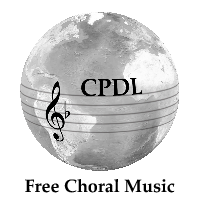Originally posted by Thropplenoggin
View Post
"It was still only nine o'clock when I set off on the last leg of my journey, feeling old and dirty and incapable. You probably know the feeling if you are over eighteen."



Comment